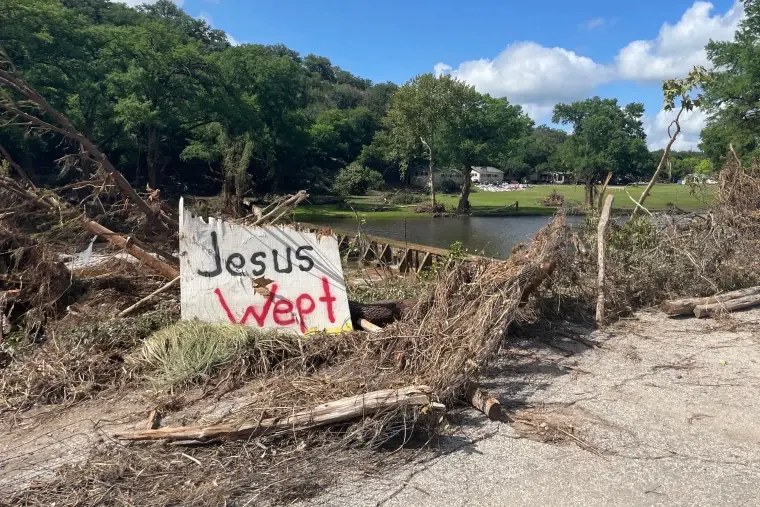Jerusalem! Jerusalem!
- Brian Fuller

- Feb 11, 2023
- 3 min read

When we drove into Jerusalem yesterday, we listened to "Jerusalem, Jerusalem."
Take a listen:
Jerusalem is the most important city in the world.
It's the only city God ever chose (I Kings 14:21; II Chron. 6:6) And no city occupies more of a prominent role in God's work on earth.
Ronnie Cohan, our excellent tour guide, took us to a lookout to end our day yesterday and to prepare us for the next four days in Jerusalem.


As important as Jerusalem is, Jesus spent relatively little time in the Holy City. Our group from EBBC just finished four days of touring the areas around the Sea of Galilee, where our Lord spent most of His earthly ministry. Jerusalem's significance in the life and works of Jesus were almost entirely done during one week, from the triumphal entry until His resurrection from the dead the following Sunday.
The Israel Museum

Jerusalem has been destroyed by enemy forces 17 times. That means the first century Jerusalem in which Jesus walked is about 20 feet underground beneath nearly twenty other occupations. When you add to that the Vatican's (Roman Catholic Church) proclivity for building massive, ornate Churches on nearly every Biblical site, it becomes challenging to be able to envision what the old, first-century Jerusalem looked like. So, going to the Israel Museum and the Model of Jerusalem in the Second Temple Period first, was extriordinarily helpful. We were also able to see artifacts, along with the Dead Sea Scrolls that were dound at Qumran. (They didn't allow photography inside the museum.)
Mount of Olives

We started atop the Mount of Olives this morning.
The Mount of Olives is to the east of the old city of Jerusalem. It is 2,500 feet at its peak. Of course, it is named "The Mount of Olives" because it was once covered with olive groves.
David fled his own son, Absalom, by fleeing here to the Mount of Olives. He went up the Mount weeping and barefoot. (II Sam. 15:30-37) Ironically, Absalom is buried at the bottom of the Mount of Olives.

Sadly, King Solomon built idolatrous, pagan shrines for his multiple wives on the southern portion of the Mount of Olives.
The Prophet Ezekiel saw the glory of the Lord leaving the Temple and Jerusalem through the Mount of Olives. (Ezekiel 43:1-5) And, later Ezekiel described the glory of the Lord returning to the new temple over the Mount of Olives, from the east.
The prophet Zechariah described a day when the Lord's feet would stand on the Mount of Olives and split it in two. (Zechariah 14:3-5)
Jesus rode a donkey down the Mount of Olives for His triumphal entry into Jerusalem. (Matthew 21:1-11; Mark 11:1-10;Luke 19:28-40; John 12:12-16)

Jesus cried over the Jerusalem from thr Mount of Olives. (Luke 19:41-44)
Jesus prophesied the future for Jerusalem to His disciples from the Mount of Olives (Matthew 24-25; Mark 13:1-37; Luke 21:5-36)
Jesus, with His disciples, left the upper room and walked to the garden of Gethsemene, on the Mount of Olives, where He prayed. He was arrested here.

After His resurrection, Jesus ascended from the Mount of Olives. (Luke 24:50-53; Acts 1:9-12)
Western Wall

There was more we covered in Jerusalem today that I will include in tomorrow's update. We finished the night at the Western Wall. After the Romans destroyed the temple in 70AD, the Jews were only allowed to come to the ruins of the temple once a year to pray and lament the Temple's destruction. Sometimes during the past 2000 years they were allowed to come once a month. But it wasn't until 1967 after the Six Day War that the Western Wall was cleared for Jews to pray and read Psalms at.

More tomorrow from today, and tomorrow.
All for now. I'm pretty tired.



I love the view below from Hosannah Way. What a full day you all had. May the Lord have given you plenty of rest and energy for the full day in front of you. God bless you all.